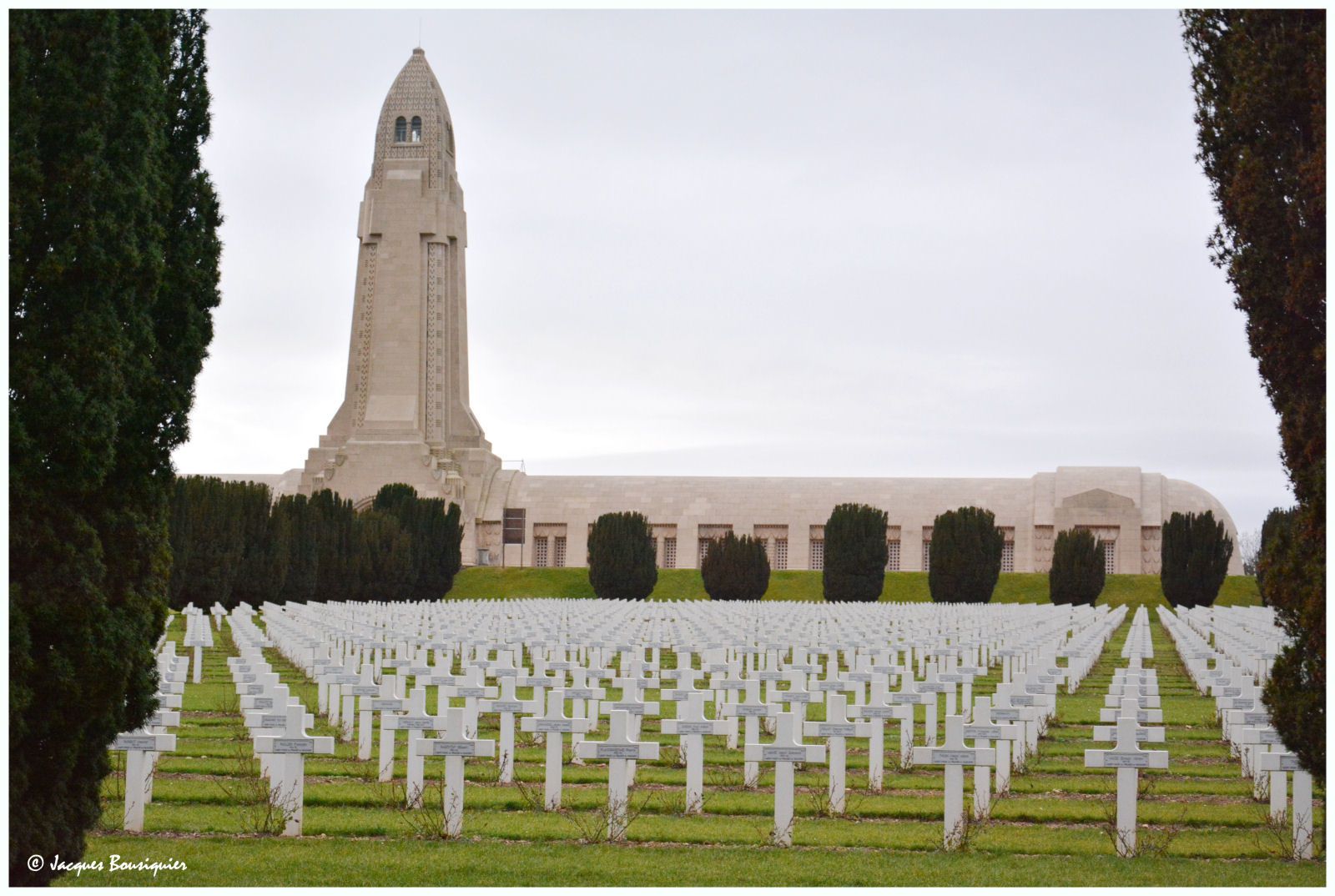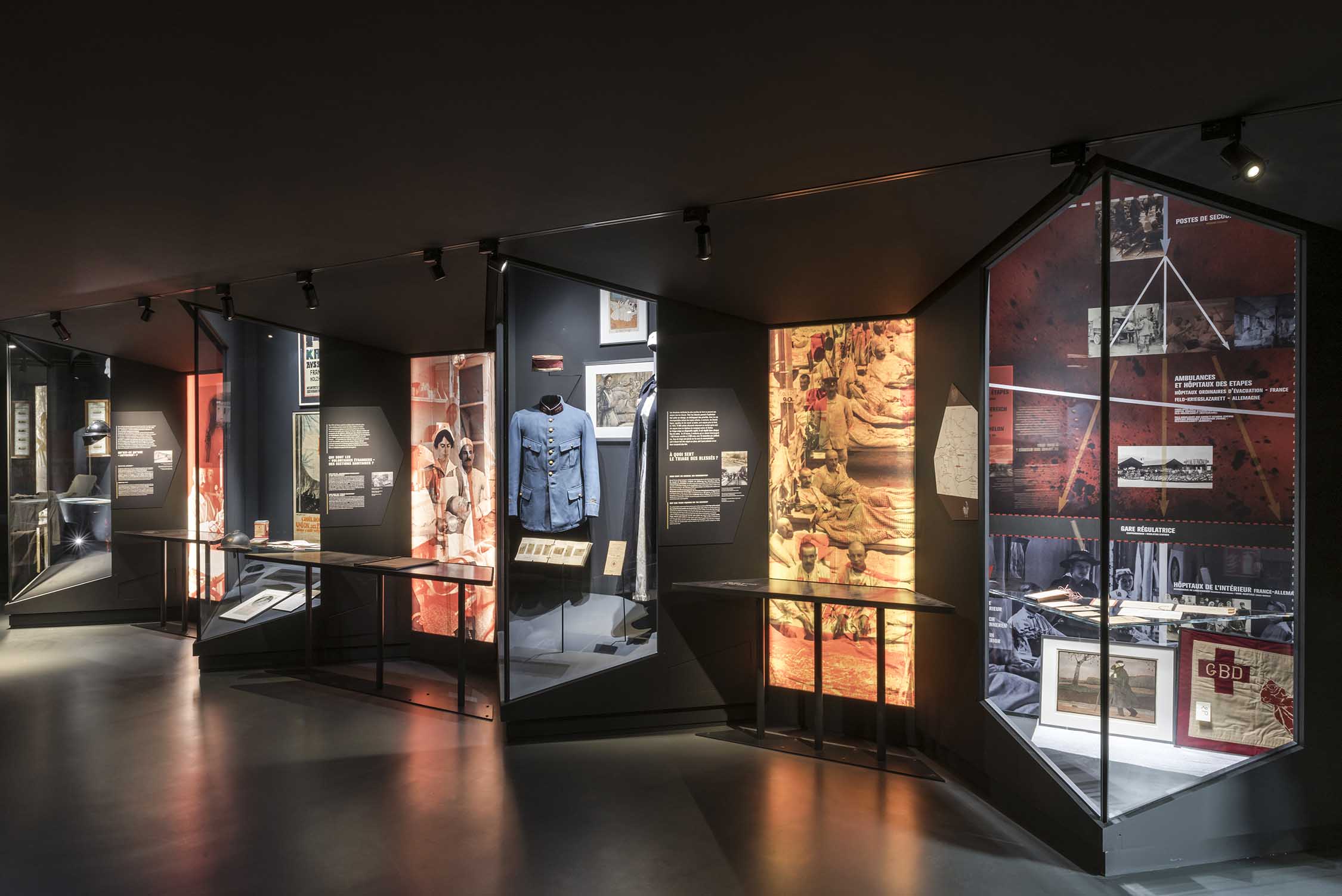
Webb, an estate agent born in Croydon, bought 260 acres of farmland near Purley to create the ‘Garden First' estate at Woodcote. Webb conceived the idea of creating an Anglo-French memorial as ‘a tribute to our fallen neighbours' to commemorate French sacrifices on the Western Front. The Promenade de Verdun memorial landscape was created by William Webb (1862-1930) in 1922. ‘Roads of Remembrance as War Memorials', a pamphlet published in 1920, advocated the planting of trees along existing highways, as well as the construction of new roads as memorials. The aftermath of the First World War saw the biggest single wave of public commemoration ever with tens of thousands of memorials erected across England.

* Documentation: for recording the French aspects and contribution to the landscape's execution. * Designer: for the philanthropic gesture of William Webb whose memorial landscape was intended to cement the friendship between the English and French nations, and which forms an unusual commemorative incident in an early C20 suburban context * Group value: with the separately listed war memorial obelisk as an integral part of the landscape design acting as its focal point

* Historic interest: explicitly reflected in its name, the Promenade de Verdun serves as an eloquent witness commemorating French sacrifices on the Western Front at Verdun in 1916 The Promenade de Verdun, a First World War memorial landscape executed in 1922, is registered at Grade II for the following principal reasons:

Williams, S, ‘Some appendages to the City: a look at three of London's less well-known gardens', The London Gardener, (2009), vol 14, pp58-86Reasons for Designation Webb, W, Promenade de Verdun: Purley's French Memorial, Purley Review, Promenade de Verdun: Lombardy Poplars planted at Purley, Croydon Advertiser, 29 July 1922 Promenade de Verdun, Purley, Correspondence, Country Life, Lambert, D, War Memorial Parks and Gardens: Introduction to Heritage Assets, Historic England (2015) Promenade de Verdun, London Gardens Online, accessed from. A metal signboard at the north end gives a short history and explains that the memorial is in memory of the soldiers of France who fell in the Great War.Selected Sources The trees on both sides are set behind a fence of low hanging chains suspended on posts made from the poplars uprooted in 1987. The south end of the road terminates in a circular drive with a backdrop of tall hedges, in front of which is the obelisk. Towards the southern end, the line becomes an avenue with poplars on both west and east sides. On the east side of the road there is a wide grass verge almost the same width of the road planted with a line of tall straight Lombardy poplars. The memorial landscape consists of a long straight road up to an obelisk memorial. The inscription on the north face reads: AUX/ SOLDATS DE FRANCE/ MORTS GLORIEUSEMENT/ PENDANT LA GRAND GUERRE. The obelisk was carved in a Cornish quarry by The London Granite Co. On a crescent-shaped grassed area at the south end of the Promenade de Verdun road is a tall obelisk memorial of granite c 6m high (listed Grade II). The north end of the memorial landscape terminates at Rose Walk. The principal structure, the war memorial obelisk, is an imposing architectural monument which acts as a focal point in the memorial landscape. The site was chosen for the memorial as there is a gradual rise in the land here from which views of five counties could originally be seen. It is c 0.5km long and it is the only straight road on the Woodcote Estate. The Promenade de Verdun is located on the Woodcote Estate in Purley. The Promenade de Verdun, a First World War memorial landscape executed in 1922. For the most up-to-date Register entry, please visit the The National Heritage List for England (NHLE): The following is from the Register of Parks and Gardens of Special Historic Interest.



 0 kommentar(er)
0 kommentar(er)
